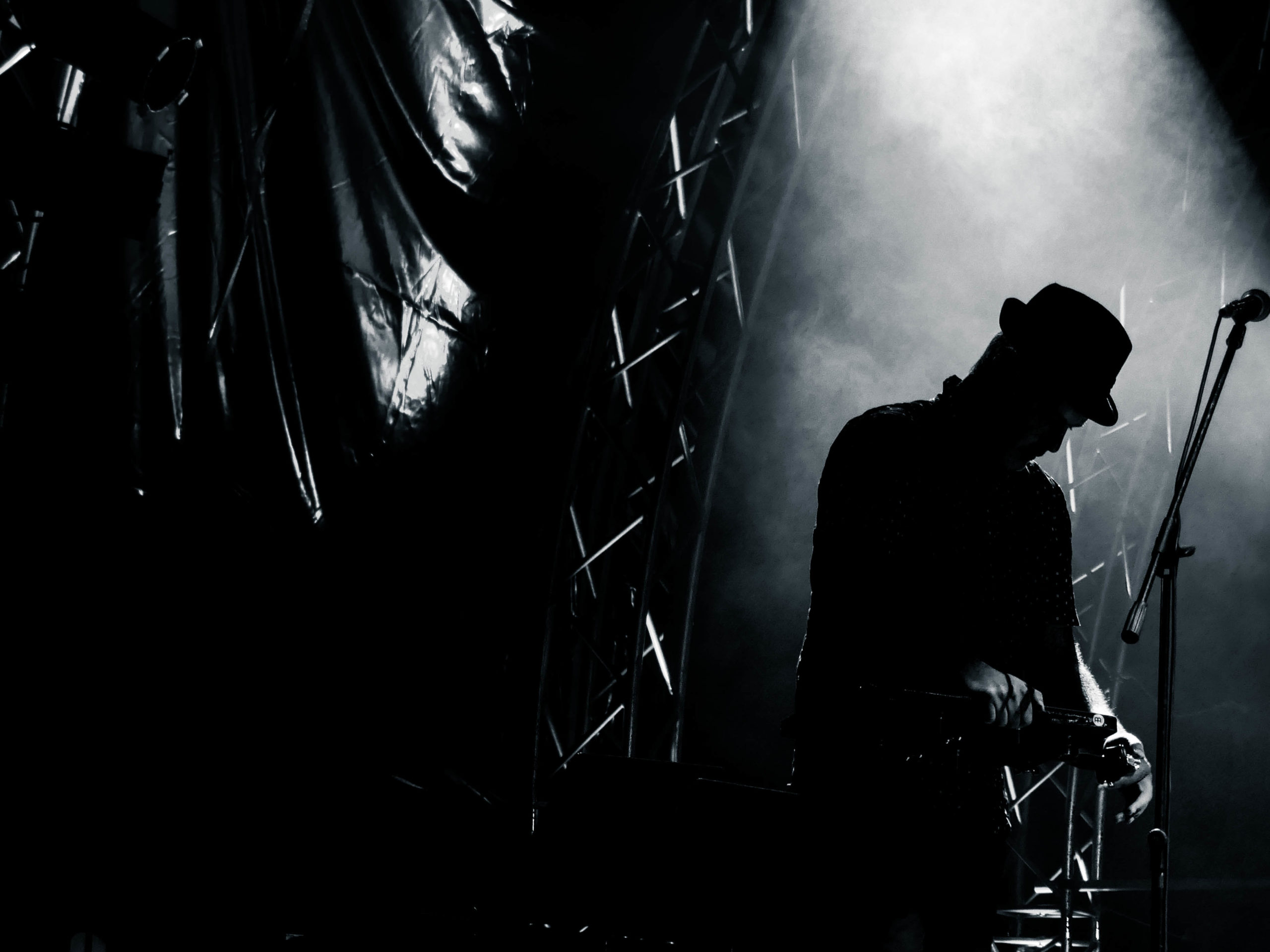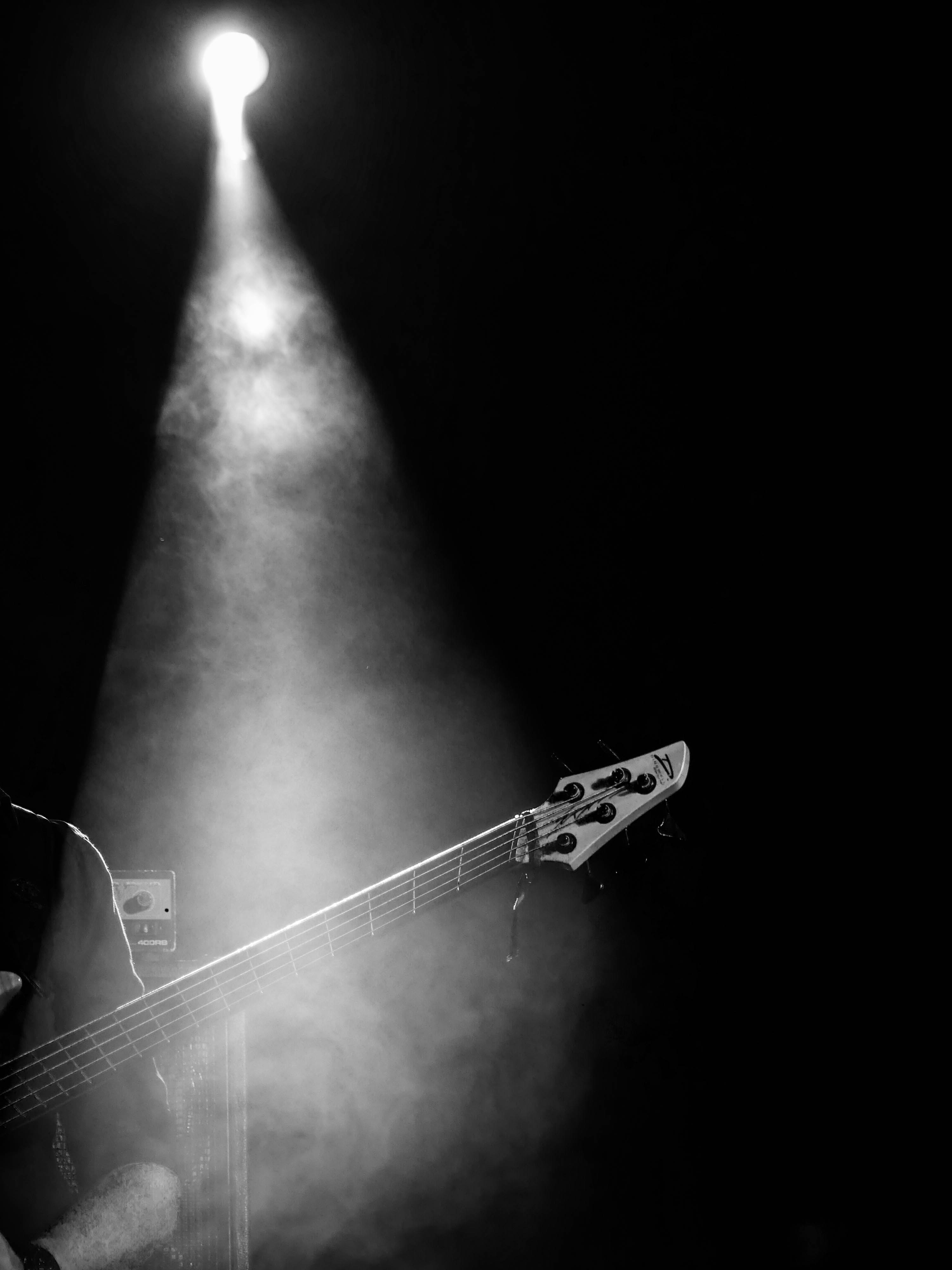[Written By: Hannah West]
[Photographer: Erifili Gounari]
When it comes to live music, the size of the venue is undoubtedly important in contributing to the general vibe of a particular gig or live music event, and of course expectations will differ between those going to see the likes of Taylor Swift and those going to see smaller indie performers like Lewis Capaldi or Gabrielle Aplin. Luckily, living in Glasgow, we have no shortage of options for all kinds of live music experiences, ranging from the SSE Hydro (holding up to 13,000 people) to cosy King Tut’s Wah Wah Hut with its capacity of just 300. Personally, I am a frequenter of small gigs at small venues. Aside from the obvious upside that they are more affordable, they feel easy-going and casual – like I could go to one every night of the week and still not be tired out. However, when I saw Coldplay last summer at Hampden Park I was utterly taken aback by the show that I was witnessing before my eyes, and by the sheer magnitude and spectacle that these huge shows provide. This shook up what I thought I already knew about live music, and made me think about the positives of both types of concert.
Firstly, it is important to note that both large and small venues have their merits, and both are necessary for the incredible variety of live music and performers on the music scene. Small venues are necessary for newer indie bands that are just starting out in the music industry and couldn’t possibly fill a large venue yet. It gives them a chance to gain exposure and a fan base without the price and pressure of a large venue. Large venues such as the Hydro, however, are also completely necessary for acts that have enormous fan bases and cannot accommodate for their fans in any other way.
Necessity aside, both large and small venues have their own pros and cons, and are, of course, very different from one another. Large venues can have an incredible atmosphere due to the huge number of people all there to share the experience together, which is exhilarating; the energy across the venue is almost palpable with the sheer amount of excitement and adrenaline in the air. But that is not to say that the atmosphere at a small and more intimate gig is necessarily lacking in any way. In fact, it can be quite the opposite. The connection you can feel between yourself and the actual artist in this type of gig is something truly special. Connections like this are harder to provide and feel in giant venues – in indie venues, meanwhile, you feel like you actually know your favourite artist a little better, as well as feeling like you and the other fans in the room are really part of something.
There is always the issue with big venues, of course, that not everybody at the concert is going to have the same experience. In stadiums like Hampden Park – a venue that was not created for live music – some people get to be at the very centre of the action, absorbing every flashing light and effect up close. Others, on the other hand, are stuck in a high-up seat, unable to dance, viewing the entire thing through a giant screen while the actual performers are barely visible. This kind of experience of live music is arguably disappointing in comparison with the intimacy and involvement experienced in small venues, where everyone gets to be in on the action.
Small venues, however, cannot compete in one sense, and that is the sense of a real show being put on. There is nothing more electrifying than the energy produced from visuals at large shows: videos, fireworks, confetti, lights… These all contribute to the sense that a true show has been put on, and it’s impossible not to feel like it has been put on just for you.
In my opinion, it is impossible to pick one type of gig over the other, as both offer such different experiences of live music, but both have so much to offer in their own ways.



